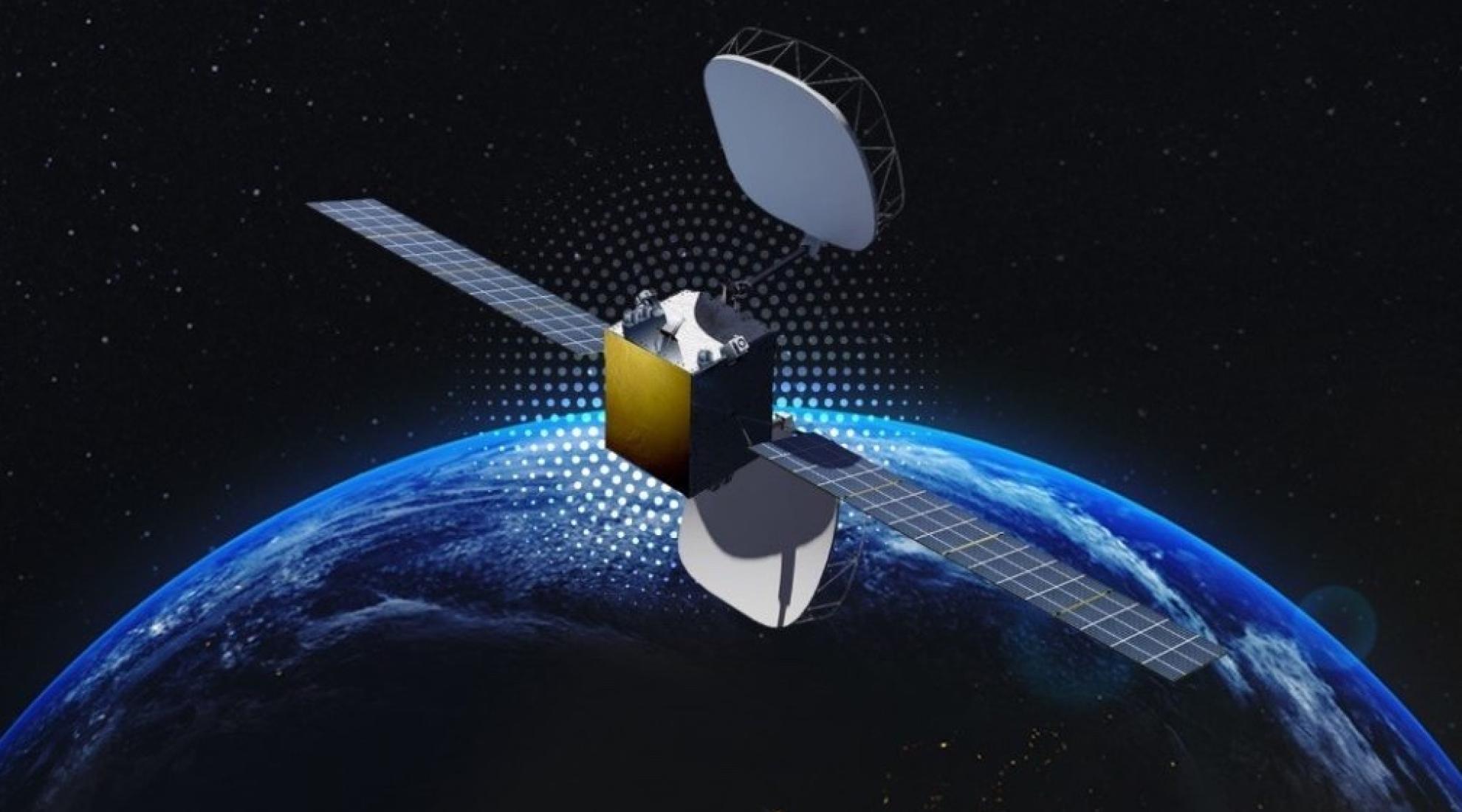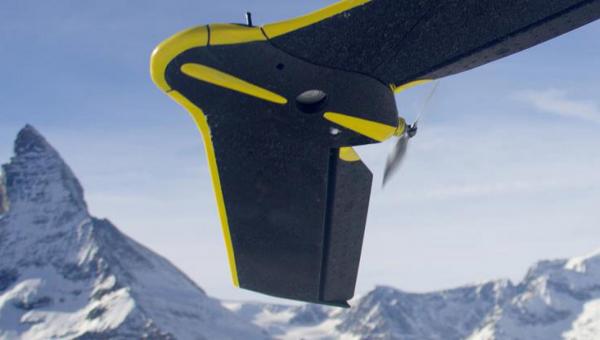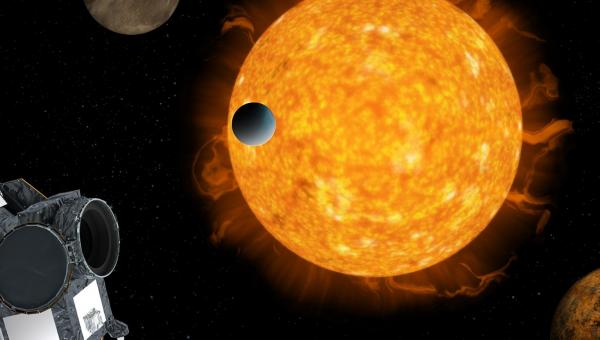A tiny telecommunications satellite goes to space

In 2025, a small-scale telecommunications satellite from Switzerland will be flying at 36’000 kilometers above the Earth.
Switzerland not only has a new astronaut (swiss.tech reported). In 2025, new telecommunications satellites from Switzerland will be flying in geostationary orbit at 36,000 kilometers above the Earth. The next generation of satellites, called HummingSat, has it all: thanks to 3D printing technology, it is up to 10 times smaller than comparable satellites and much faster to build.
The company behind the new satellite is Lausanne-based SWISSto12. According to a press release, SWISSto12 is Switzerland’s fastest growing aerospace enterprise. Its HummingSats will be serving its customer Intelsat, a satellite operator. In recent years, a large number of new businesses and start-ups have emerged in the Swiss aerospace industry. Current figures put the number of companies at around 100.
3D printing technology's many merits
The additive manufacturing process developed by SWISSto12 leverages patented technology. The process starts with an extensive radio frequency, mechanical and thermal design phase in order to optimise the performance, weight of monolithic components and subsystems. Once the optimal design has been determined, the actual 3D printing is carried out with aluminium, titanium and other materials. Then, the 3D printed parts undergo a chemical surface treatment and plating aimed at improving surface roughness and skin conductivity. All parts can withstand the harshest environments and have been subjected to thorough qualification and testing processes to ensure that the materials, coating and paint that are applied can withstand conditions in space.
Rideshare missions cut costs
HummingSats are just over one cubic metre in volume. Thanks to this compact size – one tenth the size of conventional satellites in geostationary orbit – they can be put into orbit as part of another mission (a so-called rideshare mission). This significantly lowers Intelsat's satellite-launching costs and offers new possibilities for customisations:
The small size addresses a gap in our fleet strategy, enabling us to be increasingly more targeted at meeting specific customer requirements.
Collaboration with the European Space Agency
The new satellite is in development and construction under a partnership contract between the European Space Agency (ESA) and SWISSto12, signed just a few months ago. ESA is striving to boost commercialisation in the European space industry through its Agenda 2025 by supporting fast, dynamic and agile private space firms. Switzerland is a founding member of ESA and makes long-standing and reliable contributions to space programmes in Europe. Swiss companies have repeatedly helped space missions succeed, one example here being Swiss business Maxon Motors' development of the drives for NASA's Mars robots.




